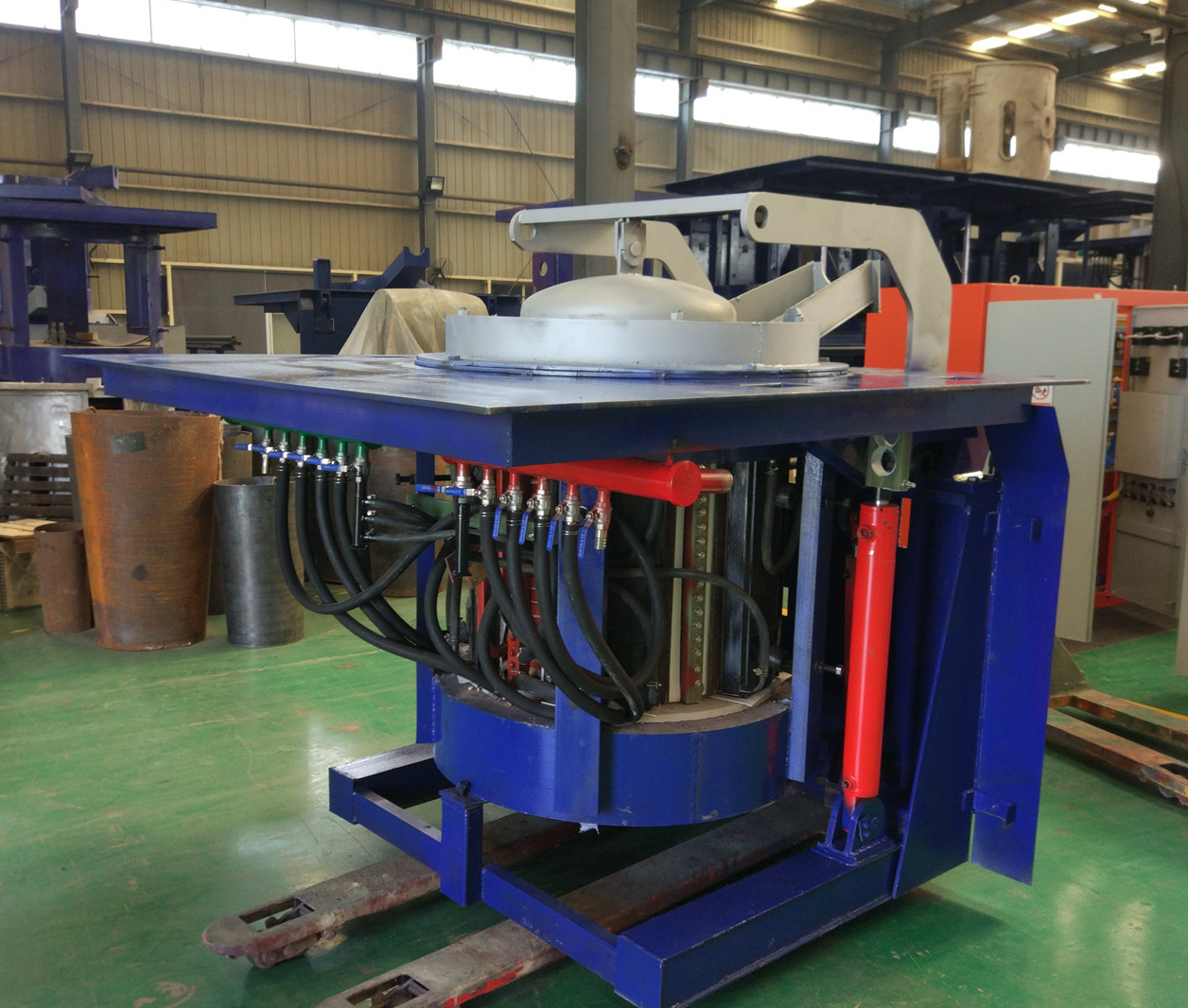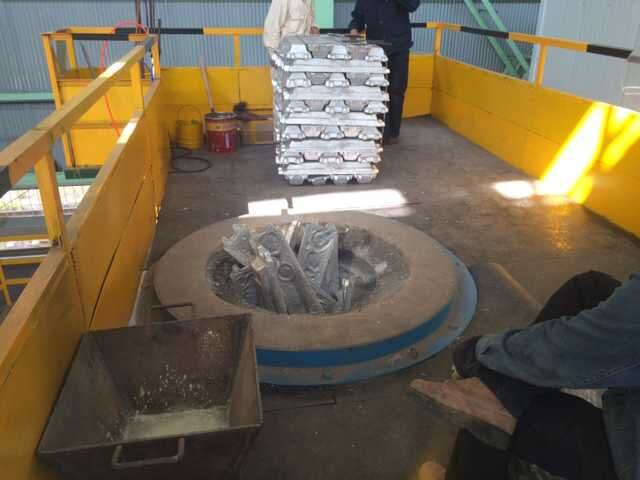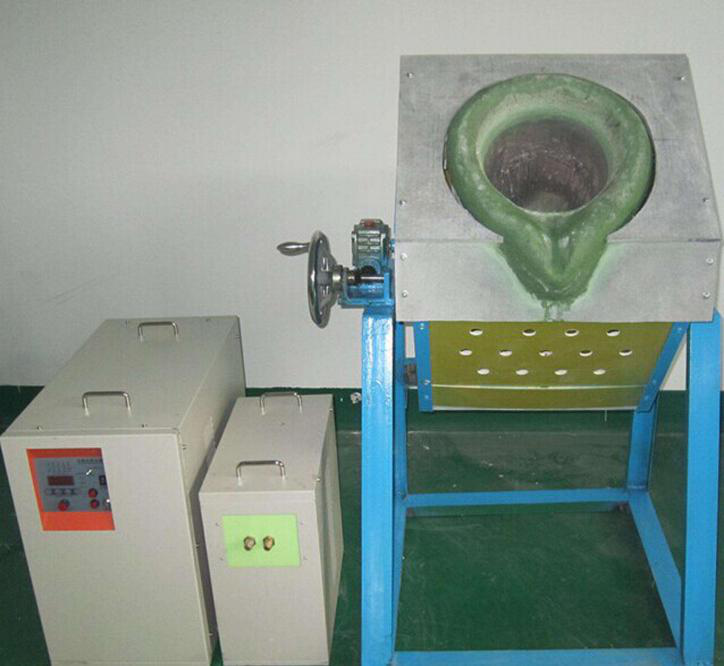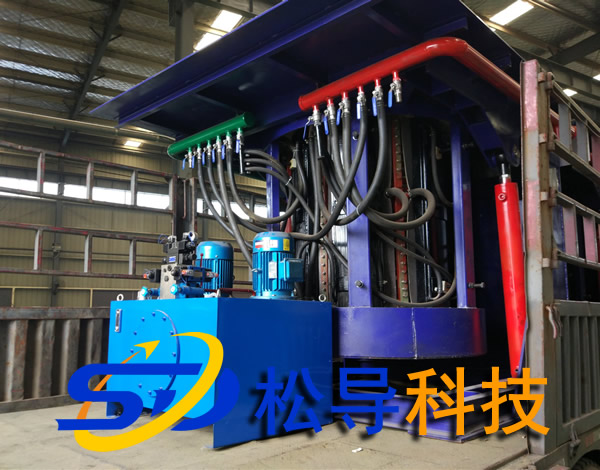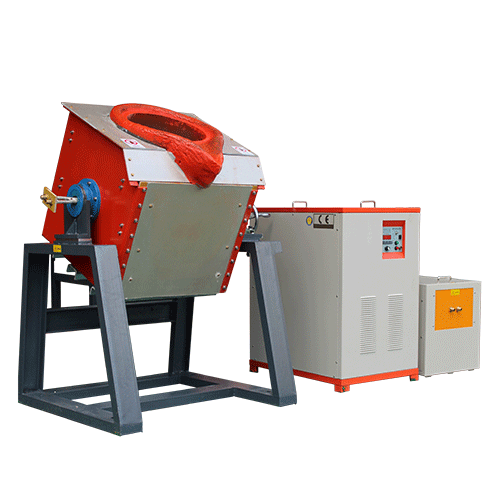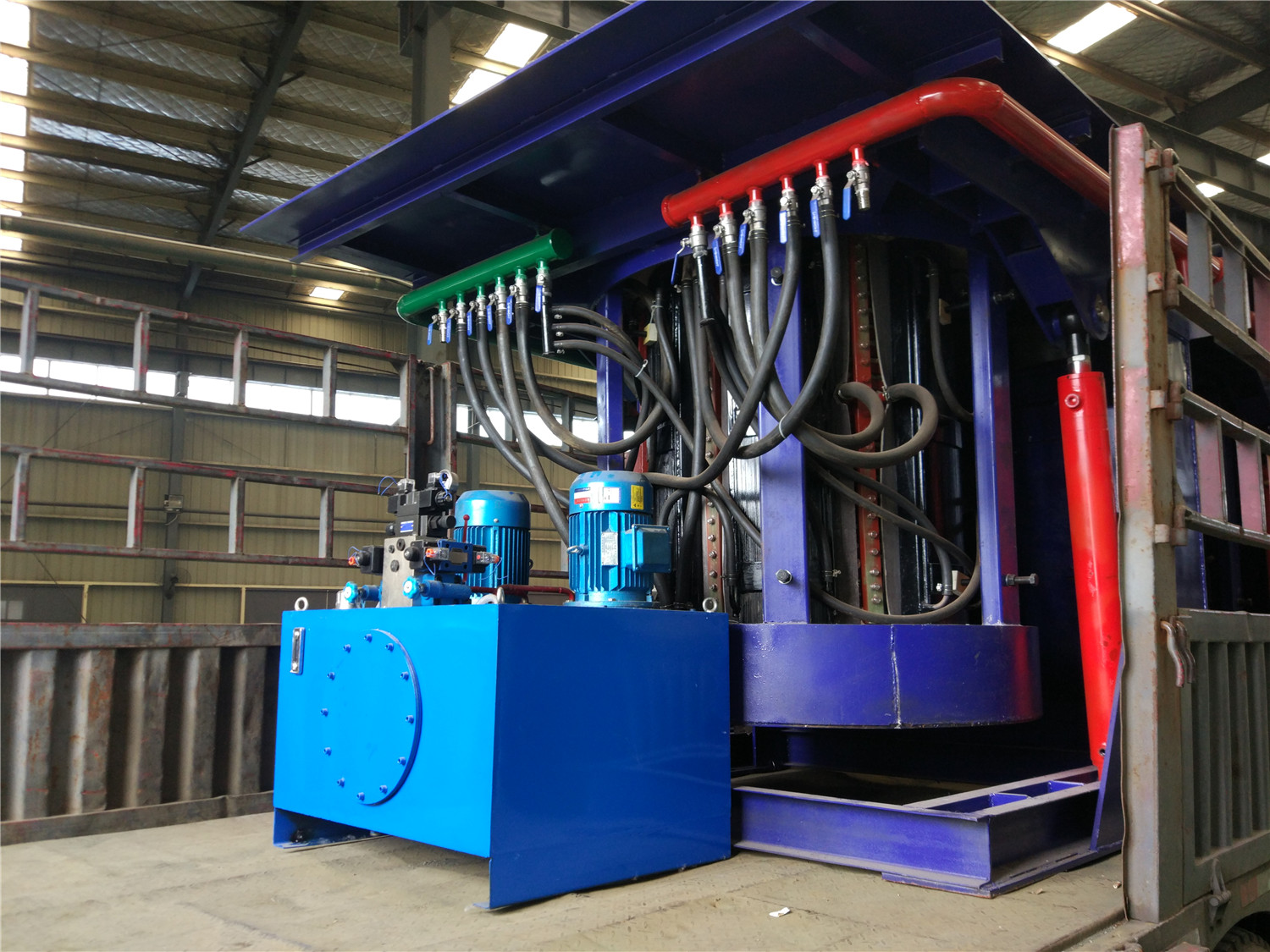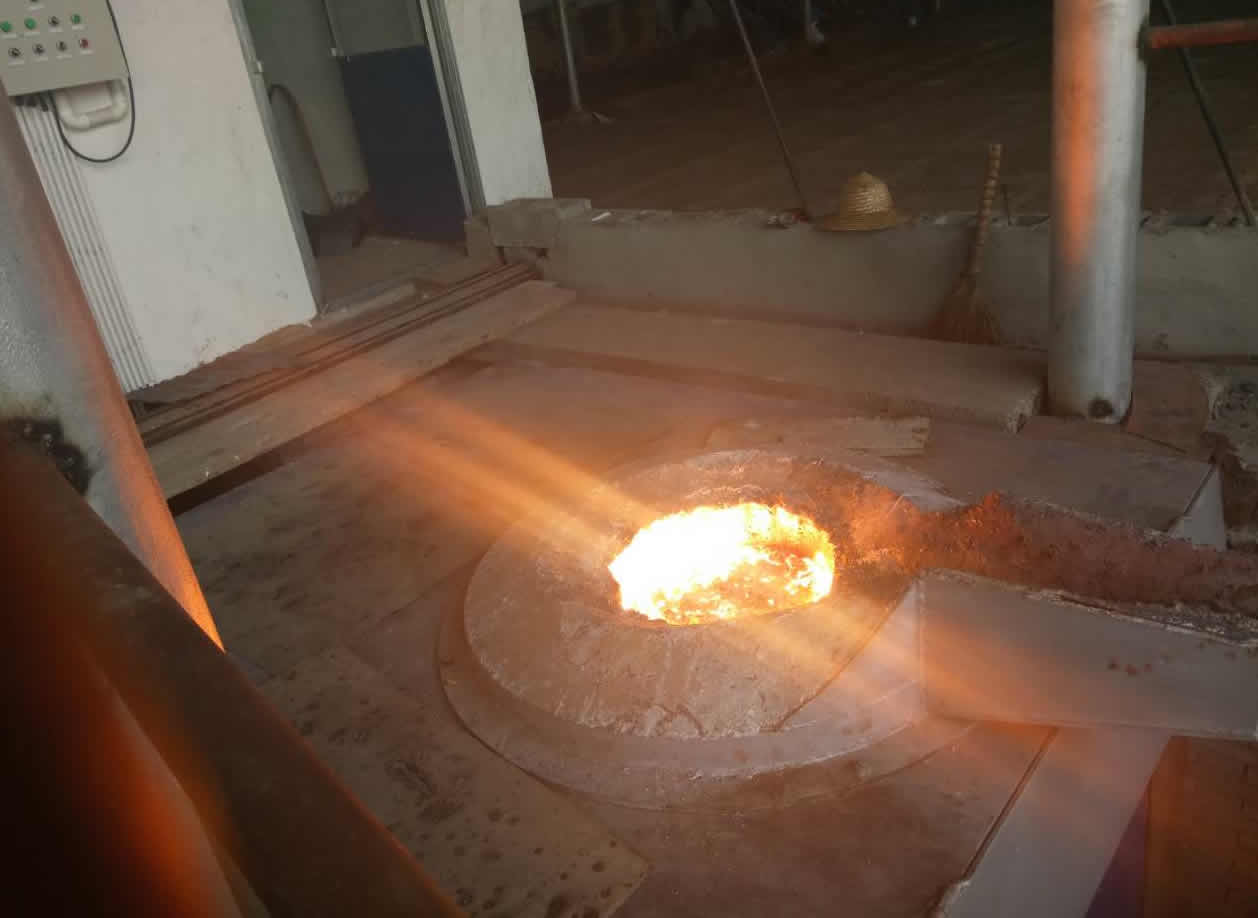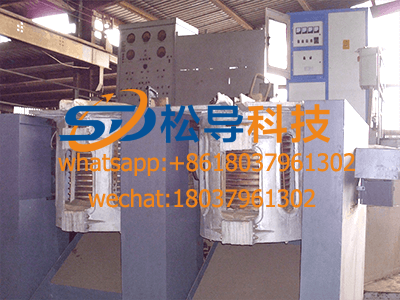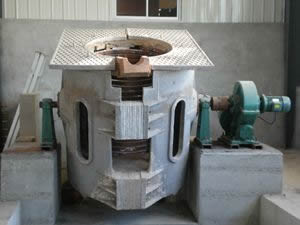Raw materials for induction melting furnace melting include steel materials, iron alloys, intermediate alloys, pure metals, special additives and slagging materials. Due to the limited refining capacity of the induction melting furnace, the small process flexibility and the high quality requirements of the molten product, the requirements for raw materials are stricter than those of the electric arc furnace. The selection of qualified raw materials is essential for controlling the metallurgical quality of induction melting furnaces.
Induction melting furnace melting requirements for raw materials
1. Chemical composition should be accurate and stable
The chemical composition is the basis for the calculation of the ingredients and the quality of the finished product. The purchased raw materials shall be sampled and analyzed according to the prescribed methods. After the analysis results are consistent with the results listed in the certificate, the trial can be carried out. It can be used officially after trial.
2, clean, less rust, no oil
Corrosion and oil are one of the sources of gases in steel, especially hydrogen.
The main component of rust is Fe2O3·2H2O, and the following reactions occur at high temperatures:
Fe2O3·2H2O=Fe2O3+2H2O↑
The water vapor on the surface of the liquid reacts with the molten steel in the following ways:
{H2O}+[Fe]=[FeO]+2[H]
The hydrogen atoms generated by the reaction are dissolved in the molten steel, and the produced FeO is also dissolved in the molten steel, thereby increasing the content of hydrogen and oxygen in the steel.
The main component of the oil is hydrocarbons, which can also generate hydrogen after combustion and decomposition at high temperatures to increase the [H] content in the molten steel. Therefore, oily and corroded raw materials containing moisture should be treated accordingly. Oil and moisture can be removed by baking. Corrosion can be removed by shot peening or roller treatment.
3. The purity of raw materials should be high and the content of harmful impurities should be low.
When the induction melting furnace melts ordinary steel and alloy, the content of phosphorus, sulfur, gas ([O], [H], [N]) and inclusions in the raw materials is required to be low. When melting high-temperature alloys, it is also required that the content of non-ferrous metal impurities such as Cu, Pb, Sn, Sb, As, Te, Bi and the like is at a very low level. Because the content of parts per million is extremely harmful to the processing plasticity and performance of superalloys, it must be strictly controlled from the selection of raw materials.
In short, according to the requirements of the melted species, different levels of control are proposed for different impurities. This is an important principle for the induction of melting furnaces to use raw materials.
For slag-forming materials, the higher the content of the main component, the better, to ensure the slagging effect, such as the CaO content in lime and the CaF2 content in fluorite should be as high as possible.
4, reasonable block size
In order to increase the melting rate, the appropriate block size should be selected according to the power frequency used. It is especially important for the size of the steel material to be loaded with the furnace. A reasonable block size should also be selected for a small amount of alloy and pure metal in the added steel.
5. Scientific management of raw materials
Induction melting furnace melting requires strict requirements on raw materials, and there are many types of raw materials used, and various types of returned materials are more numerous. It is necessary to use all kinds of raw materials to ensure that the raw materials for production are not problematic, and scientific management of raw materials must be carried out. It is necessary to provide a good warehouse environment and sufficient space to manage it in different categories to ensure smooth steel production.

